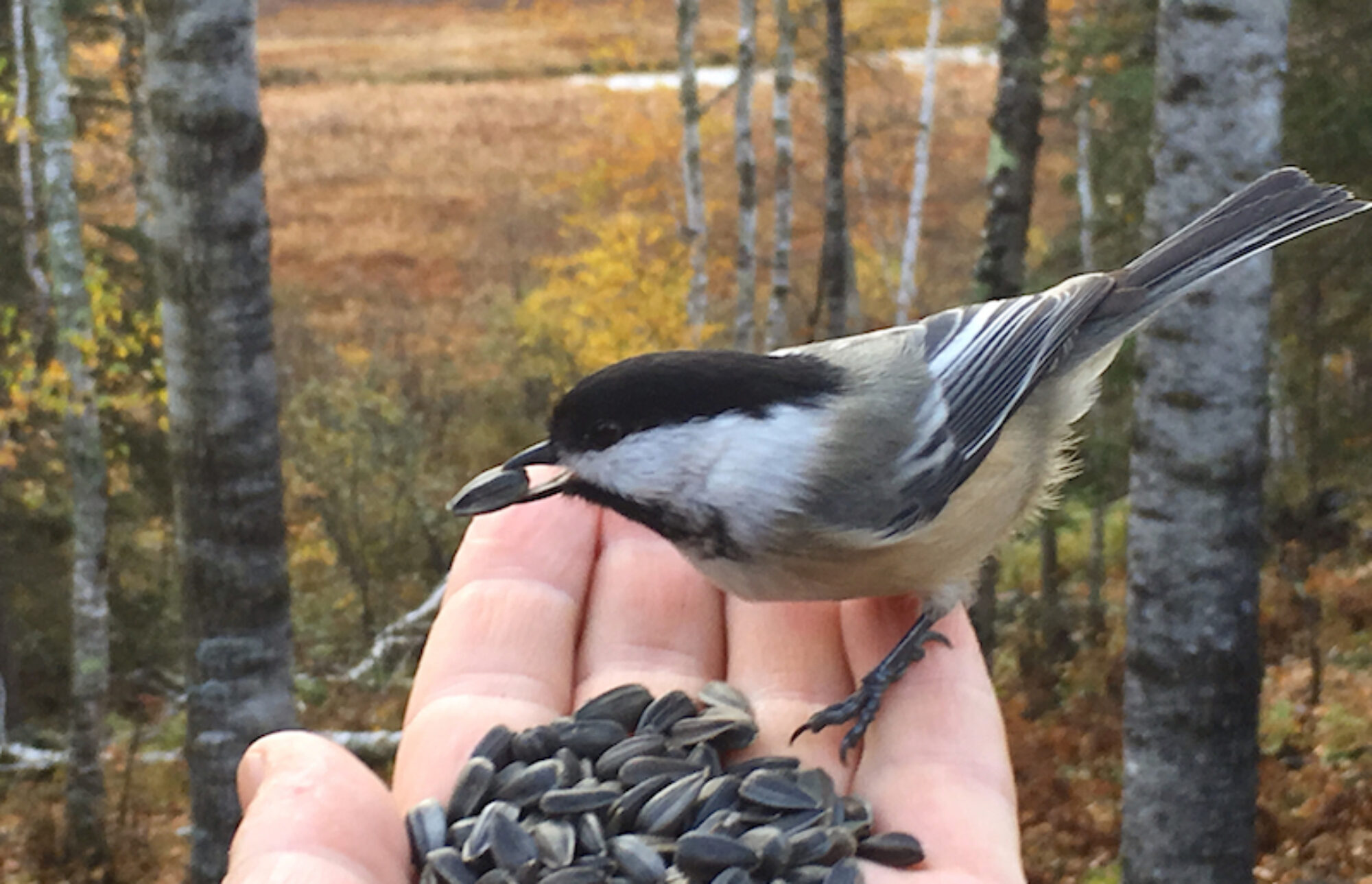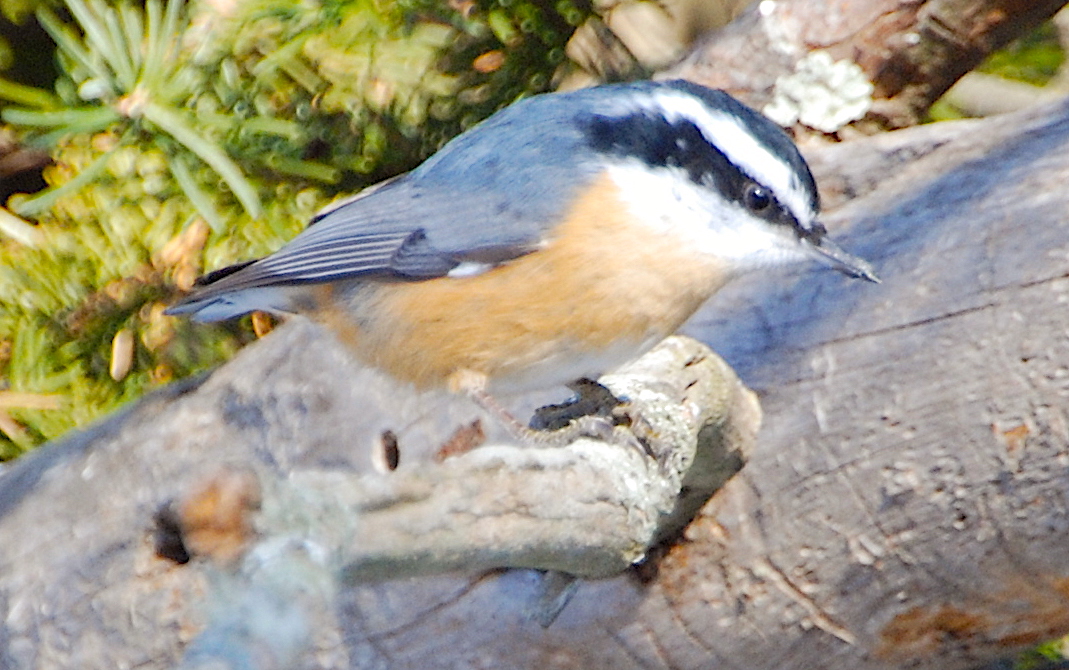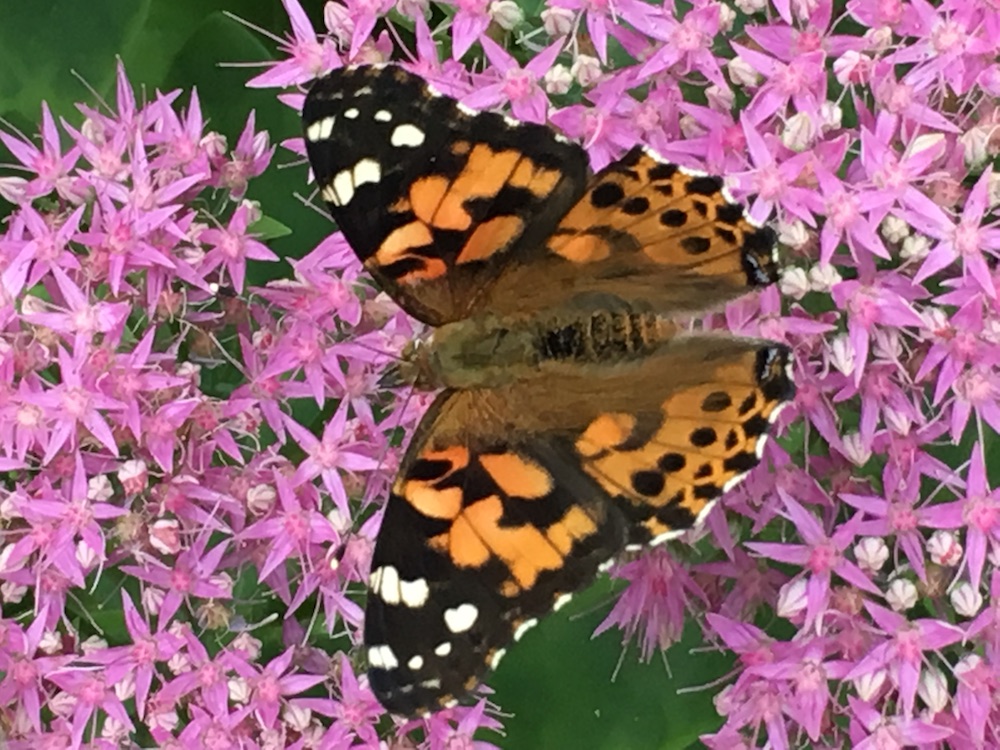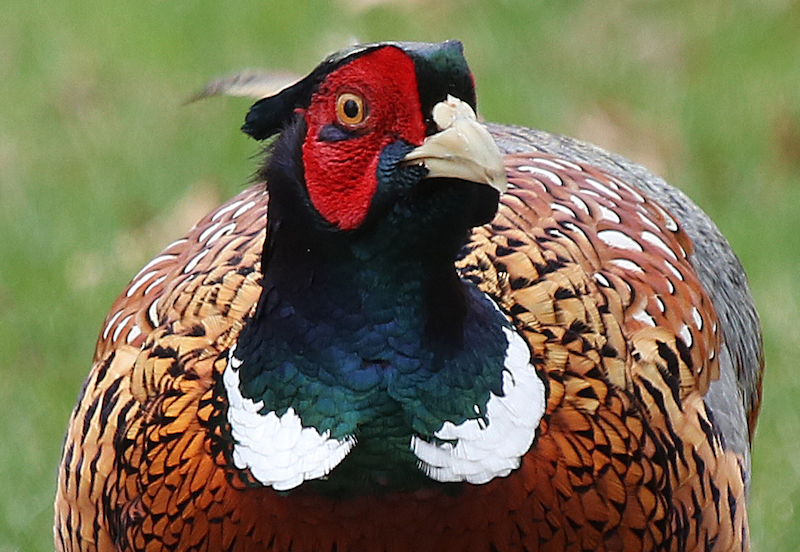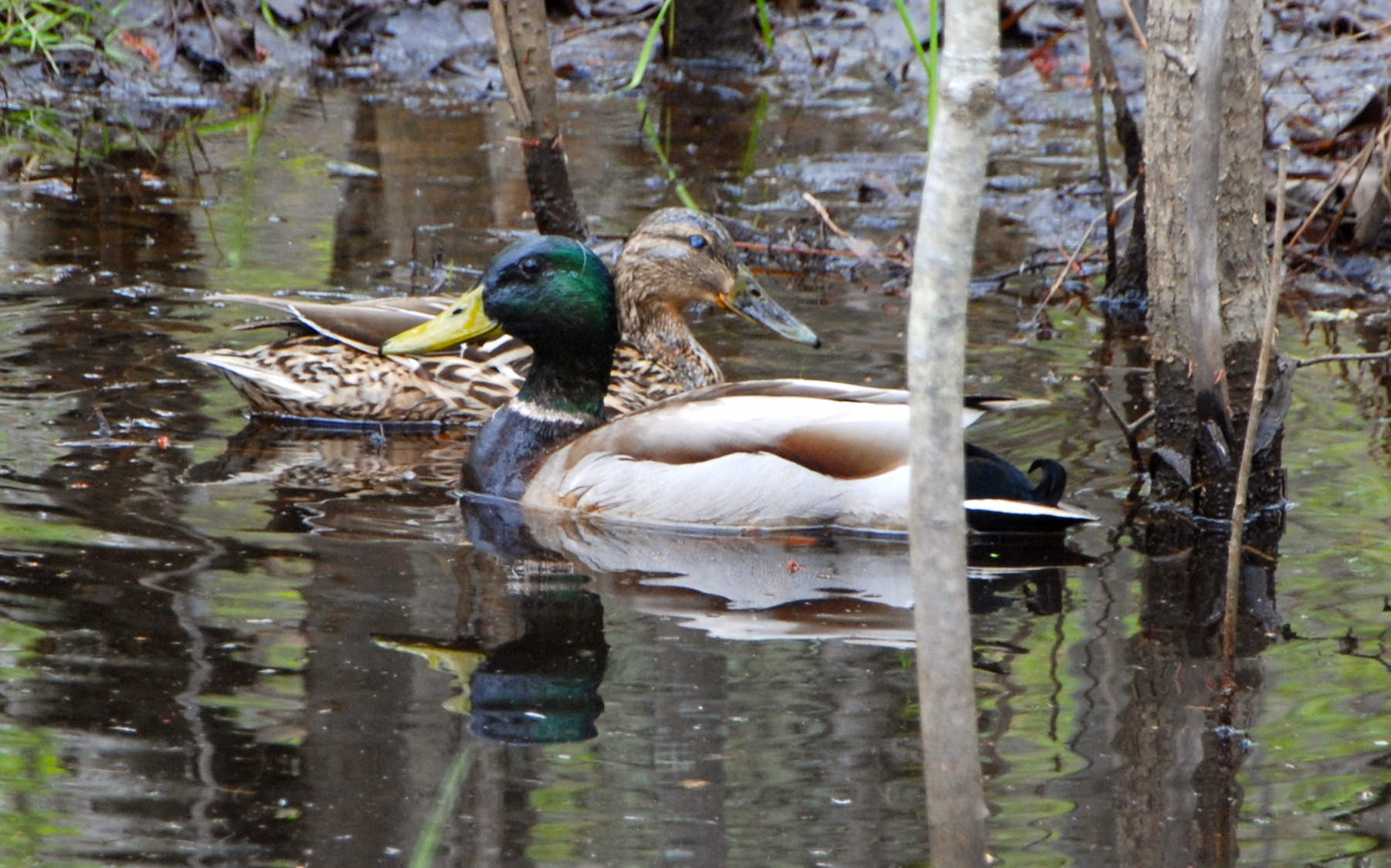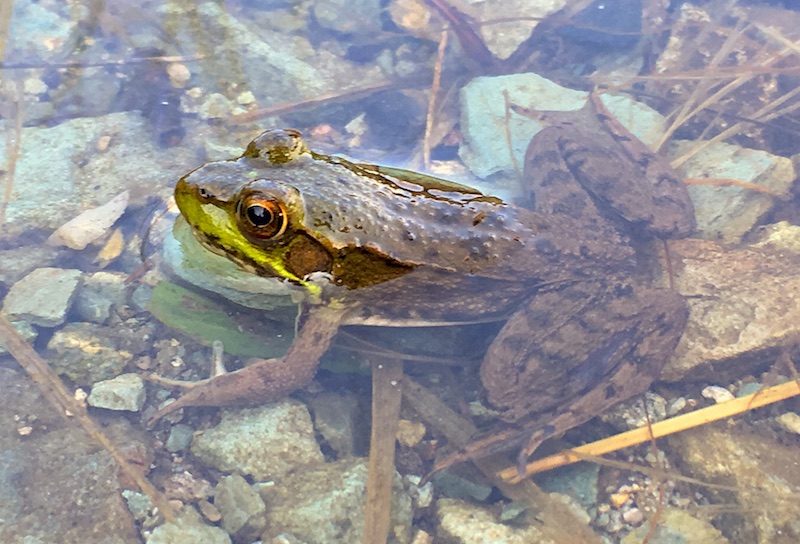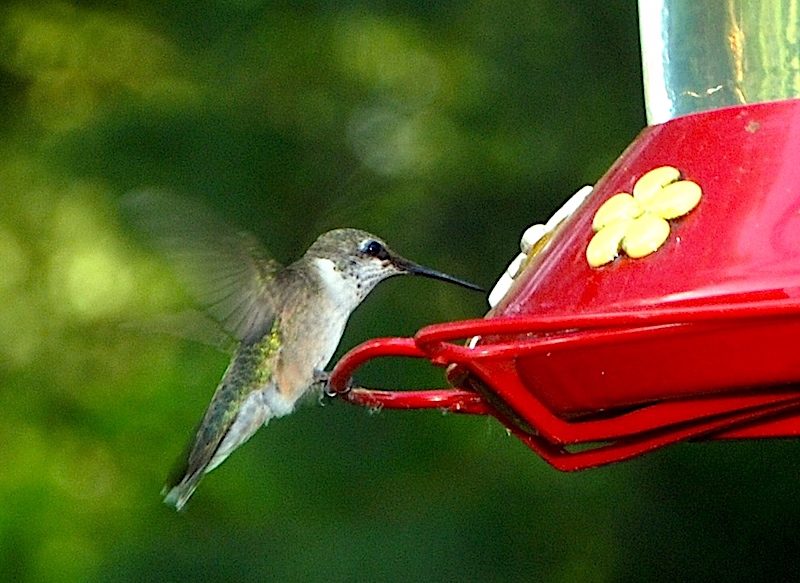A dozen local youngsters got a jump on Iowa’s ring-necked pheasant season thanks to Story County Pheasants Forever, which hosted its annual youth hunt last Saturday at Chichaqua Bottoms Greenbelt in Polk County.
Twelve boys and girls, all of whom were required to either have completed the state’s mandatory hunter education course or have participated in one season on a school-sponsored trap-shooting team or club, took part in the hunt. The event started with an introduction to outdoor ethics and gun handling safety, and, after lunch, proceeded to the field where the youngsters were accompanied by hunting dogs and several adult mentors.
“Even a rainy day did not stop 12 young adults from having fun,” said Patrick O’Connor, an officer for the chapter. “All the hunters had a great time harvesting a pheasant and learning more about conservation.”
This Saturday and Sunday marks the annual statewide residents-only youth season that gives boys and girls age 15 and younger the chance to hunt rooster pheasants without purchasing a license, habitat fee or taking hunter education. However, participants must hunt under direct supervision of an adult age 18 or older who has a valid hunting license and habitat stamp. Only the youth are allowed to shoot pheasants and they can bag one rooster per day.
The state’s regular ringneck season starts Saturday, Oct. 28, and runs through Sunday, Jan. 10, 2018. The gray partridge season opened Oct. 14, while the bobwhite quail season also opens Oct. 28.
“Let’s Go Hunting” … Youth hunts are one recruitment tool supported by the Iowa Department of Natural Resources as a way to try and grow the number of hunters across the state. Another is a new campaign orchestrated by the DNR with the backing of numerous outdoors organizations.
Launched this past Monday, “Let’s Go Hunting” is geared at encouraging more people to “either try hunting, to get back into hunting, or for passionate hunters to share their favorite pastime with a beginner.”
Dale Garner, division administrator of the DNR’s Conservation and Recreation Division, says the main reason someone tries hunting for the first time is because “they received an invitation from an experienced hunter — often a parent, family member or adult mentor.”
The campaign promotes hunter education, the apprentice license, a website with new videos of why people hunt and a social media photo contest, among other features.
Check it out at www.iowadnr.gov/letsgohunting.
HUSH … Iowa’s early muzzleloader season closes this Sunday, and several other deer hunting seasons are either underway or already in the books. Others are yet to come.
No matter, the Food Bank of Iowa’s Help Us Stop Hunger (HUSH) program is once again working with whitetail hunters and the DNR to provide high-quality protein to Iowans struggling with hunger. Last year, hunters donated more than 3,000 deer, providing more than 600,000 meals for Iowans in need. Here’s how it works.
When a participating hunter wants to make a donation, he or she takes a legally harvested deer to a participating meat locker where the deer is dressed and converted into ground venison. Two-pound tubes of frozen ground venison are distributed through Iowa food banks to food pantries, soup kitchens and other emergency food providers.
For more information, visit www.foodbankiowa.org or contact Alicia Kuiken at al***********@******wa.gov or (515) 725-8263.
Deer hunters, here’s your chance to not only fill your own freezers but to help some of your fellow Iowans, as well.
Award nominees sought … Know someone who is perhaps unheralded but does a lot of good for the outdoors, specifically as it relates to the conservation of natural resources through the person’s actions, advocacy or both?
If so, the Story County Conservation Board and the Ames Chapter of the Izaak Walton League is accepting nominees for the 2017 Olav Smedal Conservation Award. The award was initiated in 1988 by The Tribune to honor Olav Smedal, who spent 22 years as an outdoor writer and 17 years as the outdoor editor for the paper.
The award seeks to honor those who, by their actions or communications, have done the most to accurately present to the public of central Iowa excellence in the conservation of natural resources and outdoor pursuits representing the highest standards of ethics and sportsmanship. Preference will be given to candidates who, as volunteers, exhibit excellence in providing public information, leadership and/or involvement.
For more information, contact Mike Meetz at (515) 291-5218.
Parting shot … Story County Pheasants Forever will host its 32nd-annual banquet this weekend. The event that raises money for local habitat projects starts at 5:30 p.m. Saturday, at Quality Inn and Suites, 2601 E 13th St., in Ames. Tickets can be purchased at the door for $60 each. A spouse or child can get in for $30.
Iowa has PF chapters in all 99 counties, and the Iowa State University chapter was the first student-led campus group in the nation when it formed 17 years ago. Its annual banquet will be this upcoming winter.
Todd Burras can be reached at ou****************@***il.com.
